Reciprocating shaker
Reciprocating Shakers are designed for a range of applications including cell cultures and extraction procedures that require accurate, repeatable results. Our shakers are designed to provide consistent, uniform shaking action. The back-and-forth reciprocating motion has a 19 mm stroke length. Permanently lubricated ball bearings and maintenance-free, brushless DC motor provide reliable service and continuous-duty operation
Report Abuse
Shipping Details
Based on 0 reviews
Be the first to review “Reciprocating shaker”
You must be logged in to post a review.
Vendor Information
- Store Name: ATLANTIC Scientific and Research Supply
- Vendor: ATLANTIC Scientific and Research Suply
- No ratings found yet!
-
Health & Medical
Push Plate
Kopperguard™ antimicrobial DOOR PULLS kills greater than 99.9% of Bacteria* within 2 hours of contact
All Kopperguard™ products are made from CuVerro® antimicrobial copper and registered with EPA as the only solid Antimicrobial Surface
Incorporation of Kopperguard™ antimicrobial product into your facility can help reduce the bacteria* that cause infections
Available in a brushed rose gold finish that elegantly lets everyone know the steps you have taken to provide continuous protection against disease-causing bacteria*
Antimicrobial protection never looked so good!
Offered in the standard 16 “x 4” for easy installation so no area is left unprotected
SKU: n/a -
Health & Medical
water deionizer
The 24″ tall, 7 1/4″ diameter tank comes filled with 13 lbs. of our exclusive ion-exchange resins that remove minerals from the water through a process that binds them to the resin. Because the majority of the impurities are dissolved, deionization produces highly purified water, so no more spots! The two valves control the water flow through the filter. This allows you to bypass the filter when it is not needed to prolong the life of the resin. Add our Stainless Steel Quick Disconnect Set for faster, easy use. The life of the resin depends upon the amount of total dissolved solids (TDS) in your water. Want to know your TDS level? Check out our easy-to-use TDS Meter. The replacement resin is safe, disposable, and easy to install.
SKU: n/a -
Health & Medical
Door Pulls
Kopperguard™ antimicrobial DOOR PULLS kills greater than 99.9% of Bacteria* within 2 hours of contact!
All Kopperguard™ products are made from CuVerro® antimicrobial copper and registered with EPA as the only solid Antimicrobial Surface
Incorporation of Kopperguard™ antimicrobial product into your facility can help reduce the bacteria* that cause infections
Available in a brushed rose gold finish that elegantly lets everyone know the steps you have taken to provide continuous protection against disease-causing bacteria*
Antimicrobial protection never looked so good!
Offered in 8”, 10”, 12” sizes for easy installation
SKU: n/a -
Health & Medical
Digital hardness Tester
- Shore A, 0 and D to measure the hardness of plastics through penetration measurement
- Shore A rubber, elastomers, neoprene, silicone, vinyl, soft plastics, felt, leather and similar material
- Shore 0 foam, sponge
- Shore D plastics, formica, epoxides, plexiglass etc.
- Material thickness of the sample: min. 4 mmDelivered in a hard carrying case
- Particularly recommended for internal comparison measurement. Standard calibrations e. g. to DIN 7619-1 are often not possible because of very narrow standard tolerances
- Can be attached to the test stands TI-ACL (for Shore A and A0), TI-DL (for Shore D) to improve measuring uncertainty
- Large display with backlight
- Selectable: AUTO-OFF function or permanent operation, battery level indicator
SKU: n/a -
Health & Medical
Disintegration Double Vessel
1 There are twelve tubes in two basket assembly.
2 Each test station is driven independently. Auto stop at timing point.
3 The bath liquid can achieve an even temperature.
4 A MPU is used to automatically control the temperature, time and frequency of nacelle back and forth.
5 Timing at will. The preset and real time data can be displayed alternately in time.
6 Automation: auto-test, auto-diagnose, auto-alarm.
SKU: n/a


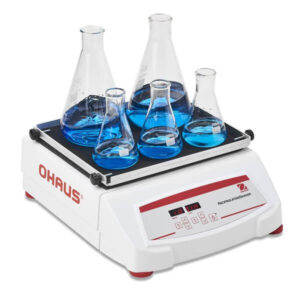

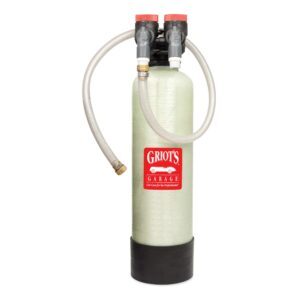
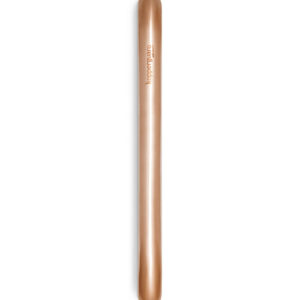
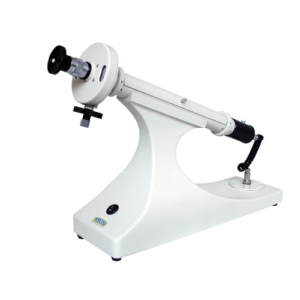
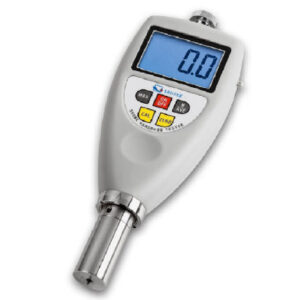
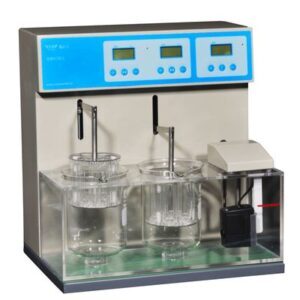
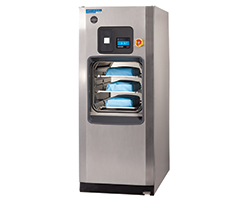
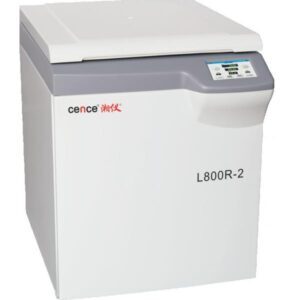
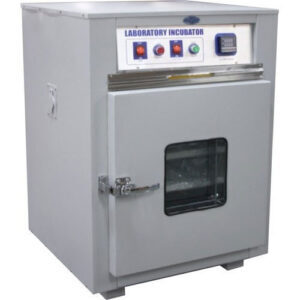
There are no reviews yet.